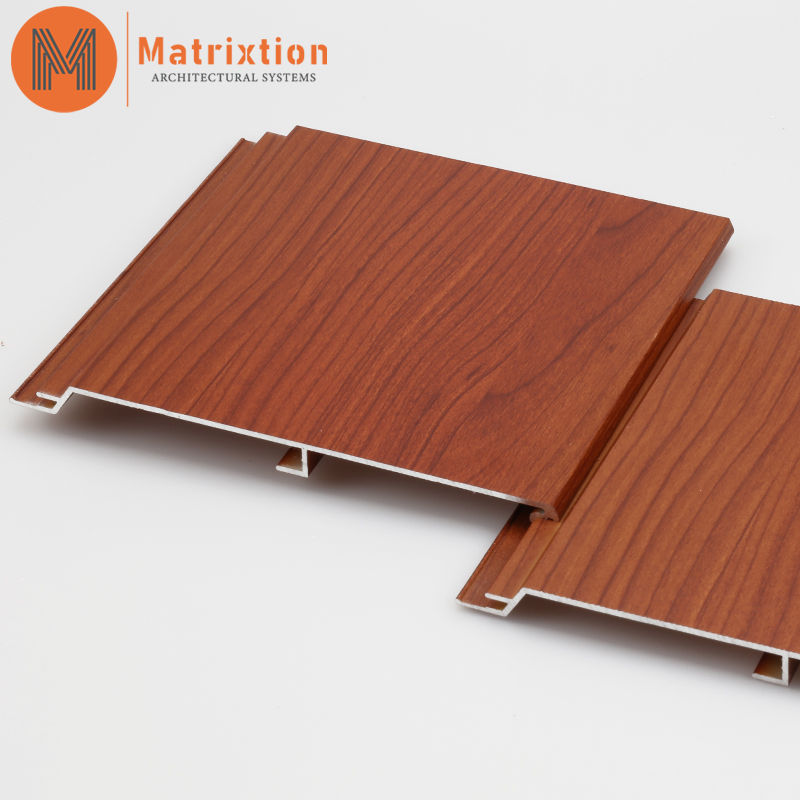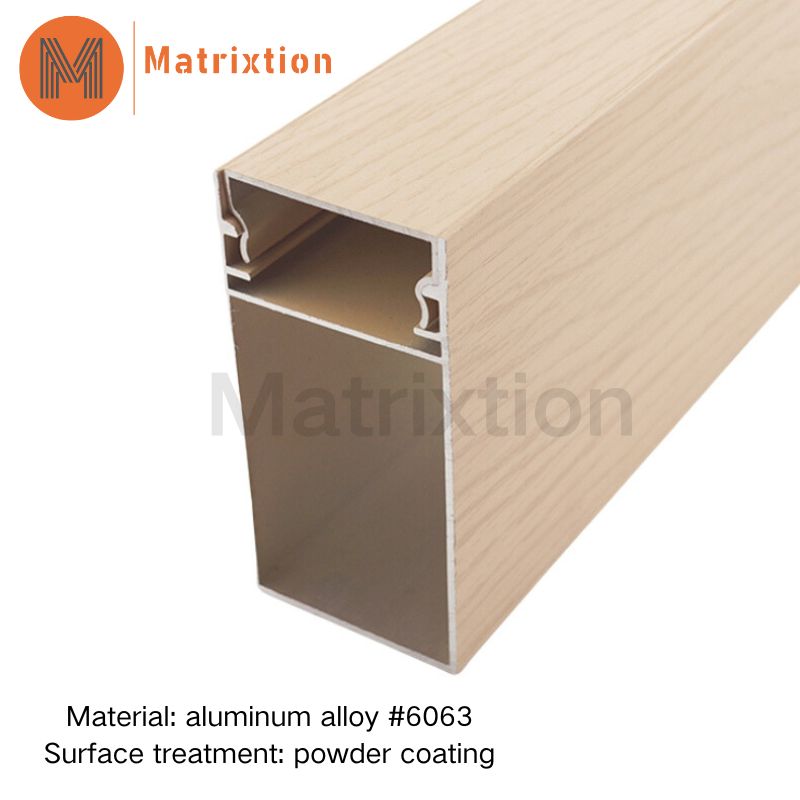Aluminum soffit: price fluctuations driven by both cost and market demand
Recently, the price of aluminum soffits has attracted widespread attention. As an important structural material in the construction field, aluminum soffit has excellent performance in strength, corrosion resistance and lightweight, and is widely used in bridges, tunnels and other engineering projects. However, as market demand changes and raw material costs fluctuate, the price of aluminum soffits has also fluctuated significantly, triggering discussions about its cost-effectiveness.
Wide range of applications for aluminum soffits
The advent of aluminum soffits brings many advantages to construction projects. Compared with traditional steel materials, aluminum soffit is lighter, easier to transport and install, and has better corrosion resistance than steel, making it especially suitable for use in humid and salty environments. These properties make aluminum soffit widely used in bridges, tunnels and other projects, making it an important part of modern building materials.
During application, the good ductility and strength of aluminum soffit enable it to withstand larger loads, ensuring the safety of the building structure. At the same time, the manufacturing process of aluminum soffit is relatively mature and the production efficiency is high, which further promotes its popularity in the construction field.
Cost factors and price fluctuations
Although the technical advantages of aluminum soffits are significant, their prices are affected by many factors, especially the price fluctuations of raw material aluminum. In recent years, international aluminum prices have continued to rise. The main reasons include supply constraints of bauxite resources, energy consumption in the production process of electrolytic aluminum, and increasingly strict environmental protection policies. These factors combine to increase the cost of producing aluminum products, which in turn drives up the price of aluminum soffits.
In addition to raw material costs, the manufacturing process of aluminum soffits also has an impact on its price. The production of aluminum soffit involves multiple processes, including melting, rolling and surface treatment of aluminum ingots. Each process requires a large amount of energy and manpower, further increasing manufacturing costs. In addition, with the advancement of technology, the market's quality requirements for aluminum soffit are constantly increasing, which has also led to a further increase in production costs.
Impact of market demand
The price of aluminum soffit is also affected by market demand. In recent years, with the rapid development of infrastructure construction, especially the increase in bridge and tunnel projects, the demand for aluminum soffits has increased significantly. However, the surge in demand also brings with it an increase in prices.
In some developed areas, due to higher construction standards, there is a greater demand for aluminum soffit. The market competition is fierce, and the price has naturally increased. On the contrary, in some developing countries and regions, although infrastructure construction is developing equally rapidly, due to financial and technical limitations, the market demand for aluminum soffit is relatively low and prices are relatively stable.
In addition, changes in market supply and demand have also affected the price of aluminum soffit. For example, when infrastructure projects are intensively launched in a certain area, the market demand for aluminum soffits will increase sharply in the short term, leading to price increases. When the project is completed and demand drops, prices will fall accordingly.
Impact of policies and environmental requirements
In recent years, governments around the world have become increasingly strict with environmental protection requirements, and aluminum product manufacturers are facing higher environmental protection costs. Especially in the production process of aluminum soffit, the energy consumption and pollution issues of electrolytic aluminum have become the focus of attention. In order to comply with environmental protection requirements, companies need to invest more funds in technological transformation and the construction of environmental protection facilities, which further pushes up production costs and is ultimately reflected in product prices.
At the same time, some countries have adopted trade protection measures in order to protect their own aluminum industries, such as imposing high tariffs on imported aluminum products. These policy measures not only increase the import cost of aluminum soffit, but also further promote the increase in domestic market prices.
Industry response
Facing the fluctuation of aluminum soffit prices, construction companies and manufacturers are also actively taking measures to respond. Some companies use technological innovation to reduce production costs and improve product quality, thereby maintaining an advantage in the competition. There are also companies that diversify their purchases of raw materials and reduce their reliance on a single aluminum supplier to cope with the risks brought about by fluctuations in raw material prices.
In addition, construction companies are also optimizing project planning and budgeting and reasonably controlling costs to cope with the pressure brought by rising prices for aluminum soffit. Some companies also establish long-term cooperative relationships with suppliers to lock in prices and avoid cost uncertainty caused by market price fluctuations.
Conclusion
Overall, the price issue for aluminum soffit is the result of multiple factors. Rising raw material costs, changes in market demand, and increasing policy and environmental protection requirements have all had a significant impact on the price of aluminum soffits. Although price fluctuations have brought challenges to related industries, through technological innovation, optimized management and reasonable planning, companies can still maintain their advantages in competition and ensure the smooth progress of projects. For consumers, understanding the role of these factors can help make more informed decisions on construction projects.




